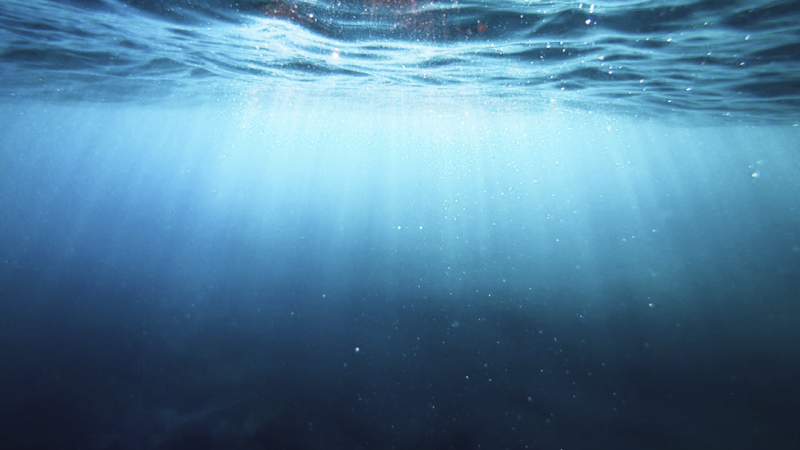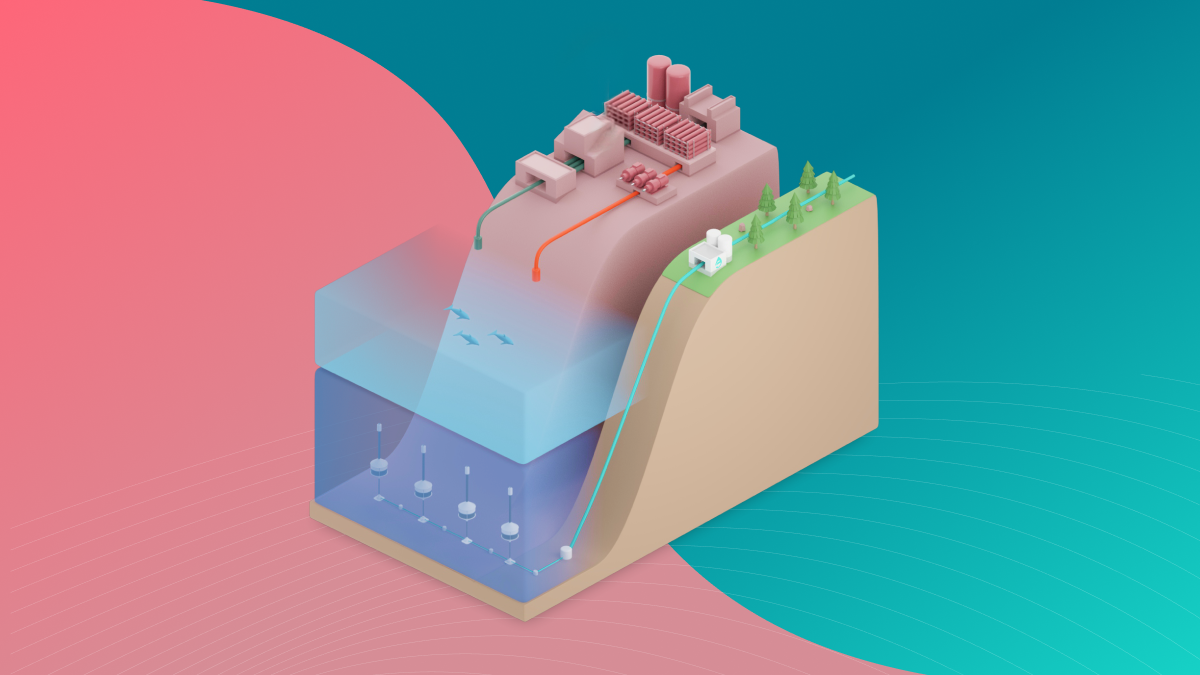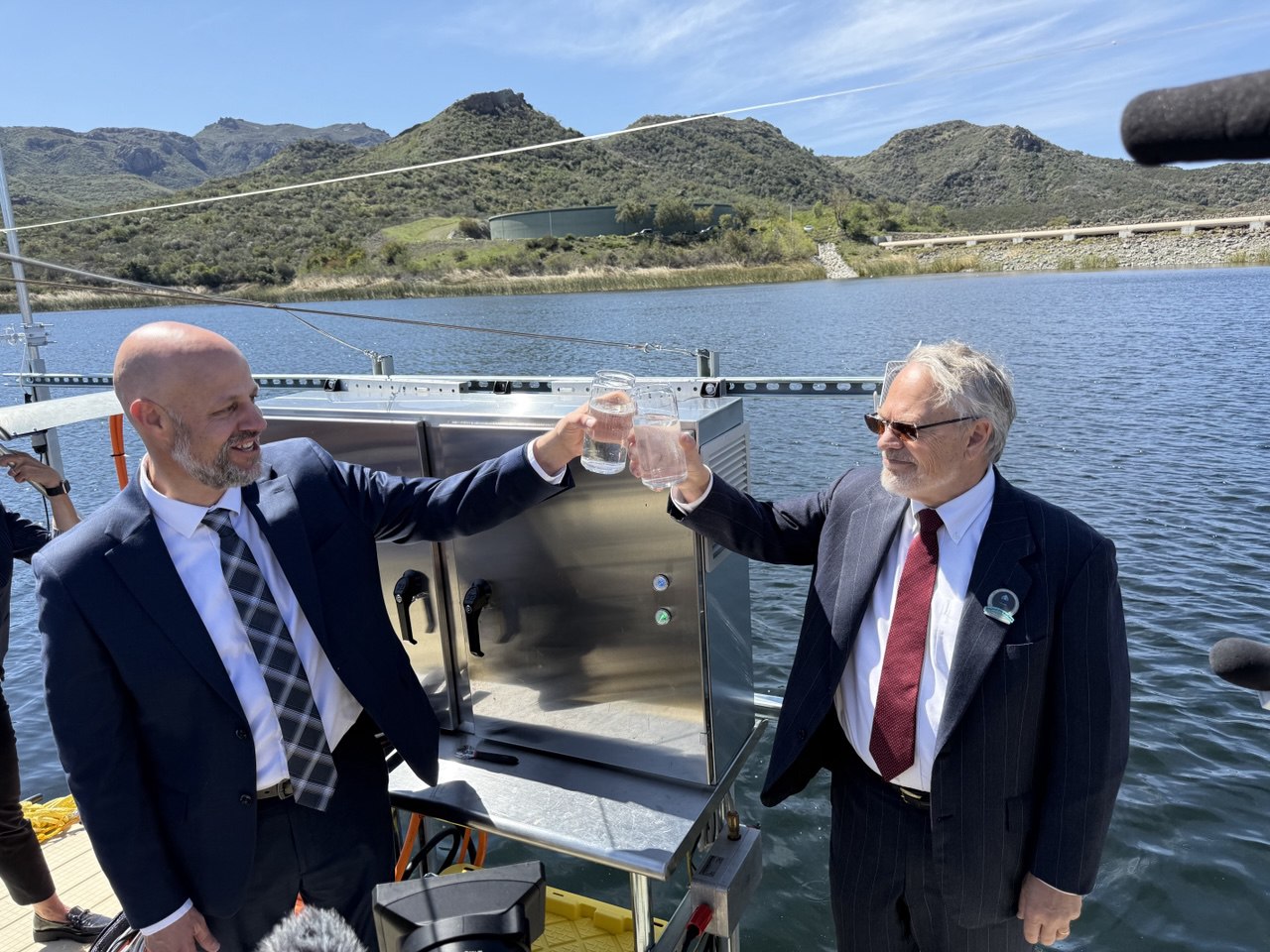In a strategic collaboration, OceanWell, a forward-thinking startup, is delving into the ocean’s depths to investigate the potential of harnessing fresh drinking water through specialized desalination pods positioned on the ocean floor. By partnering with the Las Virgenes Municipal Water District in southern California, it is dedicated to evaluating the viability of this inventive endeavor.
Conventional desalination techniques usually come with high energy costs and result in the creation of saline byproducts detrimental to marine ecosystems. OceanWell is on a mission to transform this procedure by integrating desalination with cutting-edge offshore energy technology.
By putting their special desalination pods 1,400 feet under the sea, where the water pressure helps clean the water, OceanWell thinks they can make a huge 10 million gallons (that’s about 37.8 million liters) of fresh water every day. And the best part? They can do it while using 40% less energy than regular water plants on land.
Unlike conventional facilities that aim for a 50% freshwater and 50% brine ratio, OceanWell’s method operates with a recovery rate of 10% to 15%, resulting in a significantly less salty product that can dissolve within seconds.
The company has set an ambitious goal of having fully operational pods by 2028, which would be capable of generating 37.8 million liters of freshwater daily. This revolutionary technology could potentially address the challenges posed by traditional desalination methods and pave the way for a sustainable source of fresh water.
The OceanWell-Las Virgenes collaboration promises an exciting future where innovative solutions and the natural forces of ocean combine to provide us with a bountiful supply of freshwater. What are your thoughts on this fascinating technology that taps into the depths of the ocean for a sustainable water source?
Originally published BY Techiexpert
Date: SEPT. 27, 2023

Heading
















